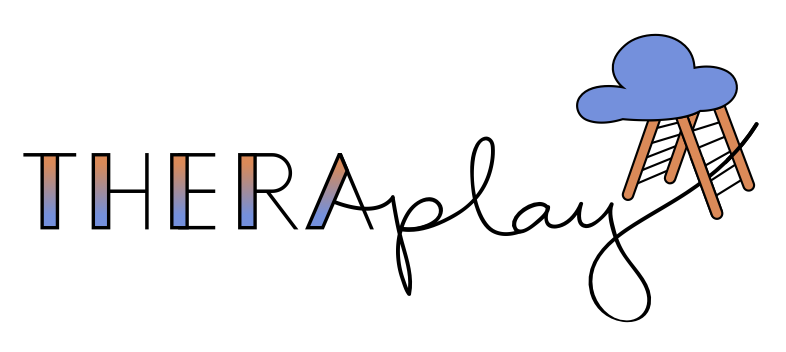Everything You Need to Know About the Spinal Galant Reflex
If your child struggles with bedwetting, fidgeting, poor posture, or difficulty sitting still, an unintegrated Spinal Galant Reflex may be the cause. The Spinal Galant Reflex is one of the many primitive reflexes present at birth that helps babies develop movement and coordination. If this reflex does not integrate properly, it can lead to learning, attention, and motor challenges later in life.
TL;DR: The Spinal Galant Reflex helps newborns develop movement and coordination, but if it remains unintegrated after 9 months of age, it can lead to fidgeting, poor posture, bedwetting, and attention difficulties. Primitive reflex integration therapy uses targeted exercises to improve posture, focus, and body control, helping children feel more comfortable and confident.
In this post, we’ll cover:
What the Spinal Galant Reflex is
How the Spinal Galant Reflex helps babies grow and develop
By what age the Spinal Galant Reflex should be integrated
Signs of an unintegrated Spinal Galant Reflex
How primitive reflex integration therapy can help address symptoms of an unintegrated Spinal Galant Reflex
What Is the Spinal Galant Reflex?
The Spinal Galant Reflex is an involuntary movement response triggered by touch along the lower back near the spine. When you gently stroke one side of a baby’s back, they will naturally curve their hips away from the touch.
This reflex helps:
Develop balance and coordination
Strengthen muscles along the back of the body
Support the development of the inner ear, which controls hearing and balance
Prepare the baby for crawling, standing, and walking
This reflex is also active during birth—as contractions stimulate the lower back, it helps the baby move down the birth canal.
When Should the Spinal Galant Reflex Integrate?
The Spinal Galant Reflex begins developing in the womb around 20 weeks gestation and should be fully present at birth. It typically integrates between 3 to 9 months after birth as the baby gains better control of their movements.
If it does not integrate properly, a child may experience motor, sensory, and attention challenges.
Symptoms of an Unintegrated Spinal Galant Reflex in Children
A retained Spinal Galant Reflex can make it difficult for a child to sit still, focus, and stay comfortable. Signs of an unintegrated Spinal Galant Reflex include:
🚩 Excessive fidgeting – Constantly shifting in their seat, trouble sitting still in class
🚩 Bedwetting past age 5 – Bladder sensitivity due to reflex activation
🚩 Hypersensitivity to clothing – Discomfort with tight waistbands or tags
🚩 Poor posture and scoliosis risk – Difficulty standing or sitting upright
🚩 Balance and coordination issues – Struggles with sports, walking, and/or hip movements
🚩 Attention and focus difficulties – Trouble concentrating in school
🚩 Learning challenges – Dyslexia, poor handwriting, and/or trouble with spatial awareness
🚩 Frequent middle ear infections – Linked to inner ear development
🚩 IBS and digestive issues – Reflex activation affecting digestion
A child with an unintegrated Spinal Galant Reflex may appear restless, disorganized, and easily distracted, often appearing to have "ants in their pants."
How Is the Spinal Galant Reflex Integrated?
The good news is that primitive reflex integration therapy can help! An occupational therapist trained in primitive reflex intetgration may use:
Movement exercises – Gentle activities that retrain the nervous system
Core strengthening – Exercises to improve posture and stability
Balance training – Activities that help develop the vestibular system
Sensory integration techniques – Helping reduce sensitivity to touch
Since the Spinal Galant Reflex is closely linked to the Asymmetrical Tonic Neck Reflex (ATNR) and the vestibular system, working on multiple reflexes may be necessary for full integration.
Why Primitive Reflex Integration Matters
When primitive reflexes don’t integrate properly, they can lead to challenges with learning, attention, motor skills, and sensory processing. Addressing an unintegrated Spinal Galant Reflex can help children:
✔ Feel more comfortable sitting and focusing in class
✔ Reduce bedwetting and bladder sensitivity
✔ Improve coordination and balance
✔ Develop better posture and motor control
✔ Feel calmer and more in control of their body
If your child struggles with restlessness, posture, or bedwetting, primitive reflex integration therapy may be the missing piece!
Still not sure if Primitive Reflex Integration is right for your child? Use our FREE Screening Checklist!
At TheraPlay LA, our expert therapists specialize in primitive reflex integration to help children develop the skills they need to succeed. If you’re curious about whether an unintegrated Spinal Galant Reflex is affecting your child, contact us today to learn more!


